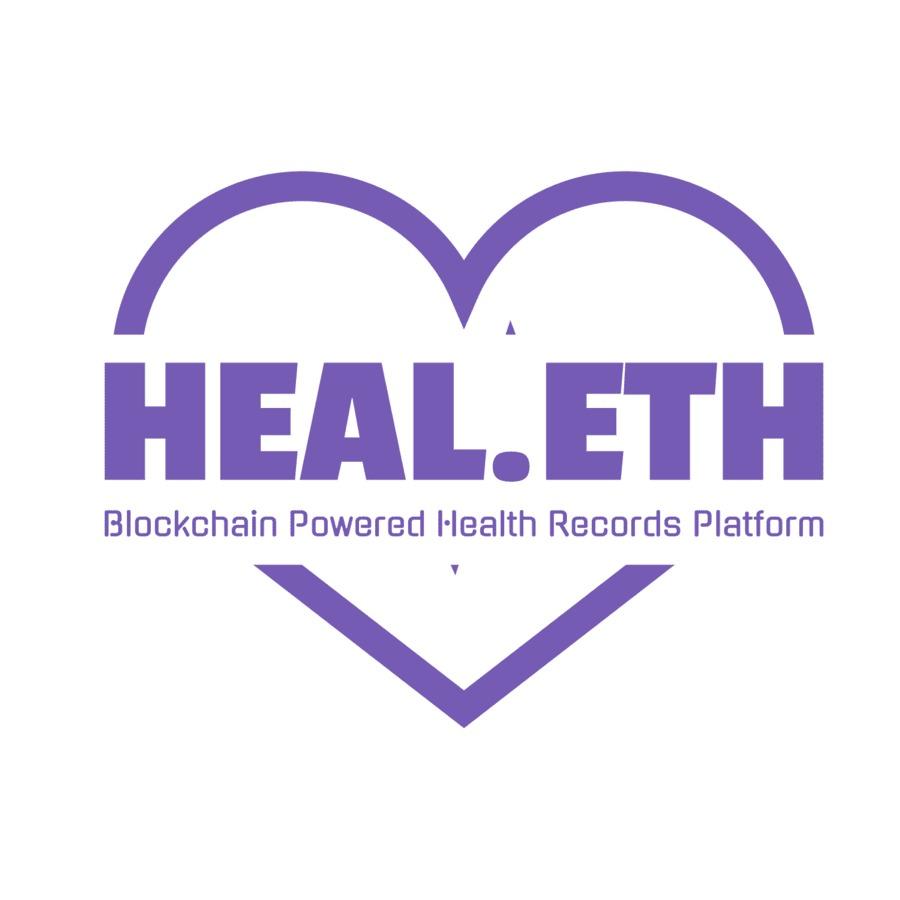Heal.eth
Opensea-like NFT platform for medical health records.
Created on 4th December 2022
•
Heal.eth
Opensea-like NFT platform for medical health records.
The problem Heal.eth solves
In the current scenario, we do not have a master record of a patient’s medical history. It exists in a fragmented state where everything is scattered across various platforms in the healthcare ecosystem. This leads to medical errors, and a lot of time is consumed in finding/sorting records which play an important role in saving a patient’s life during emergency situations. Also, the patient’s data is being sold to third-party organizations for various purposes where the patients give no consent as well as have no share in the profits.
Heal.eth helps patients in many ways, such as:
- Our platform helps facilitate easy interaction between doctors and patients as we help in the aggregation of your medical records.
- Storing their medical history on the chain stays secure and cannot be accessed without the patient’s consent.
- All the medical records are in one place, making it easy to sort/find any report whenever needed with ease.
- The patient’s data is anonymous, and each patient has a unique ID.
- The patients can also convert their data into NFTs and sell them to companies doing research and trials and hereby, have a share in the profits. They can do so anonymously.
- The patient can avoid multiple registrations at different hospitals and avoid wasting time in long queues. As each patient will have a Unique ID (using their biometrics), it would make it easier to access their medical records in emergency situations.
Challenges we ran into
We faced a lot of challenges while aiming for the best bounties. XD
- There was not enough documentation for many of the bounty programs. I, Tanmay (the main dev in my team), was very confused by some of the protocols.
- There was not enough documentation for error handling. We learnt a lot in these two days, but the best thing we learned was to post our errors on Stack Overflow to help others!
- A lot of Web3 protocols had a lot of problems on their protocols, as we couldn't get a clear indication of whether we had deployed successfully or not.
Tracks Applied (5)
Worldcoin
Worldcoin
ENS
ENS
Valist
Valist
Covalent
Covalent
NFTPort
NFTPort
Cheer Project
Cheering for a project means supporting a project you like with as little as 0.0025 ETH. Right now, you can Cheer using ETH on Arbitrum, Optimism and Base.
